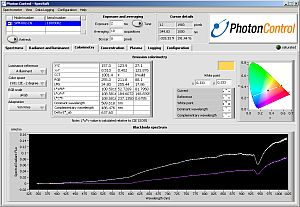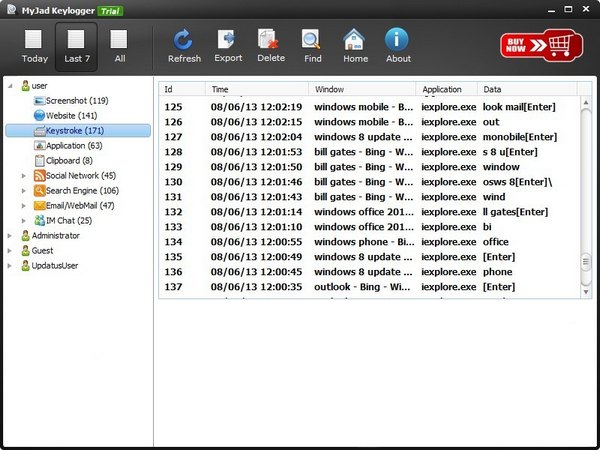
Not many people know about this feature, and it’s difficult to detect if it’s been used. NTFS supports something called “ alternate data streams“. There’s an obscure form of hidden data possible in files stored on a disk that’s formatted using the NTFS file system.There are often “hidden” partitions on the hard drive. Many computer manufacturers, as well as recent versions of Windows, now use them to store their recovery data. These are easy to see with Window’s built-in disk management tool or any partition management software.These are easy to find, since both Windows File Explorer and the Command Prompt “DIR” command can be instructed to display files that have this “hidden” attribute. The system swap file, typically in the root of the C: drive, is a common example. The operating system itself often uses this attribute to hide some of its own files from casual observers. There are files marked with the “hidden” file attribute.So are all your keystrokes being written to some hidden file? No.īut there is a kernel of truth here: there are hidden files on your machine. On today’s hard disks, that’s next to nothing. Keep your computer for 10 years, and that’s 360 megabytes. In a year, that adds up to 36 megabytes of data. Let’s say you’re a prolific typist, and you type 100,000 keystrokes a day (that’s over three keystrokes every second for a solid eight-hour work day). The amount of data that would be collected by recording every keystroke is no longer a reason it couldn’t be done. The good news is that since keyloggers are “just” malware, then the techniques you already have in place to avoid malware will keep you safe. As malware, a keylogger can also do anything else it wants - including logging whatever fancy trick you use to try to bypass it.įrom my perspective, malware, including keystroke loggers, is the only practical reason for concern when it comes to keeping any record of your keystrokes.


#Software that logs keystrokes spector pro software#
A keystroke logger is malicious software that, as its name implies, records every keystroke and sends it off to the hacker over the internet. Keystroke loggers, or “keyloggers”, are a form of malware that hackers use to gain access to your various usernames and passwords. It’s also worth remembering that all bets are off if you have malware installed. There’s also no predicting what the swap file will contain, or for how long. It’s easy to get the swap file, but extremely difficult to make sense of its contents. If you turn off your computer, the swap file remains, and could be recovered and examined for “interesting” contents.

We’d be hearing about a lot more successful prosecution of cyber criminals, along with a plethora of lawsuits regarding various privacy concerns. Pragmatically, if every keystroke were being recorded somehow, there’s no way, after all this time, it would still be some kind of secret. There is no hidden file containing every keystroke you’ve ever typed on your computer. To do so, we’ll need to talk about keystrokes, loggers, hidden files, erasing files, and really erasing files. Let’s see if I can clear up the confusion. There are several misconceptions in the question.įurther, those misconceptions are based on kernels of truth, which means I can’t just say “that’s wrong” instead, it’s more a case of “it’s not like that - it’s like this”.

This is a relatively persistent family of questions that comes around from time to time, particularly in times of concern about individual privacy.


 0 kommentar(er)
0 kommentar(er)
